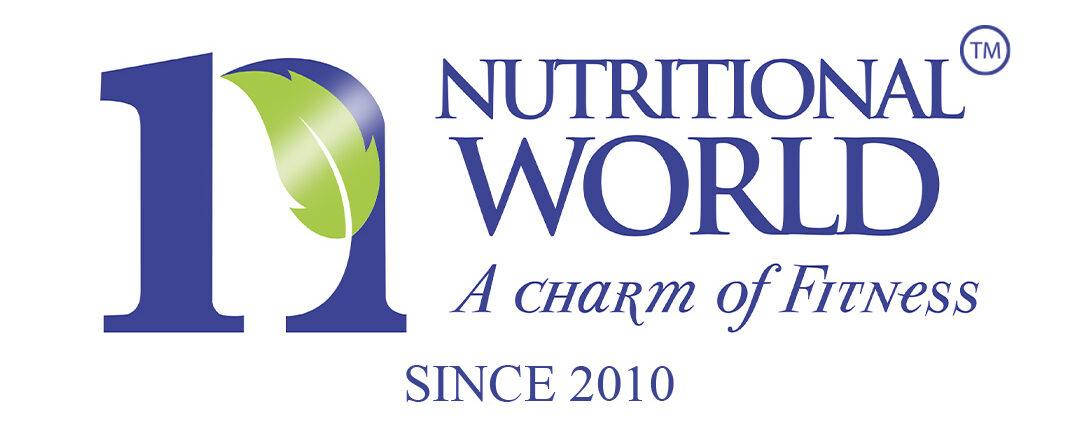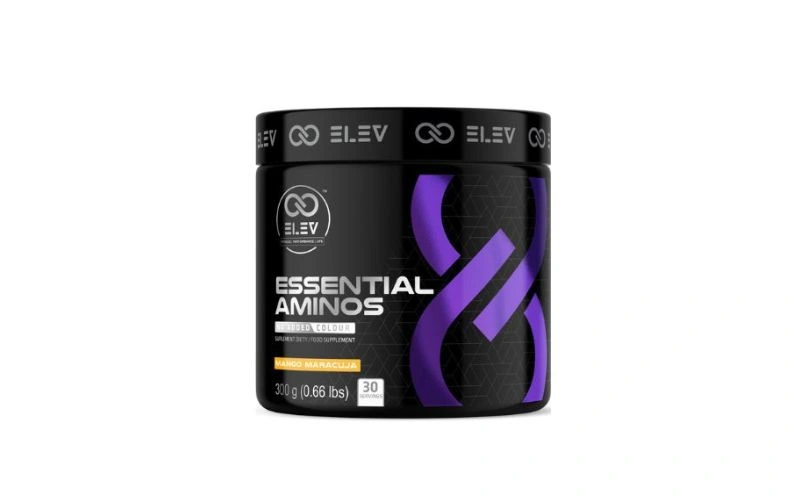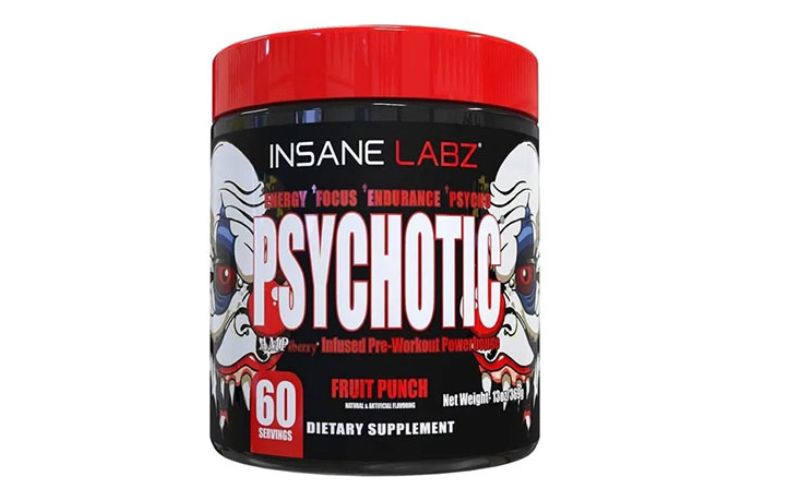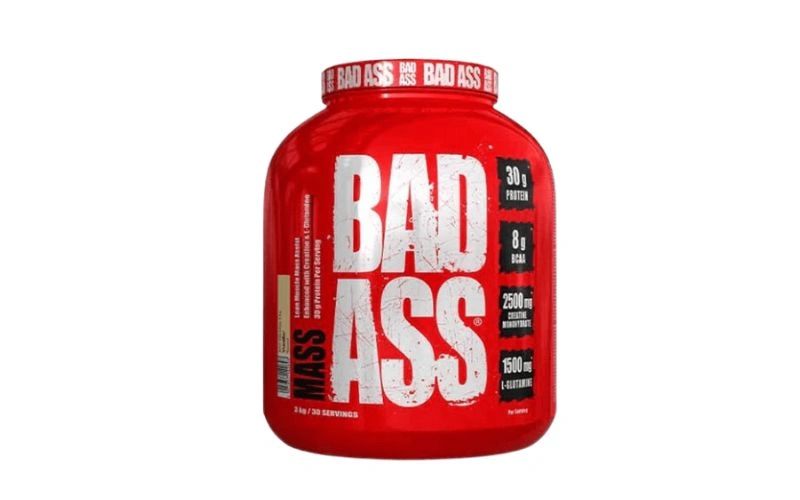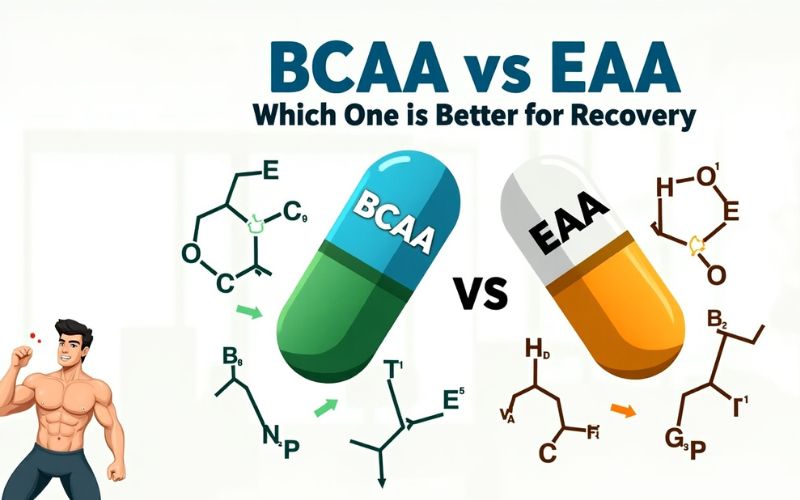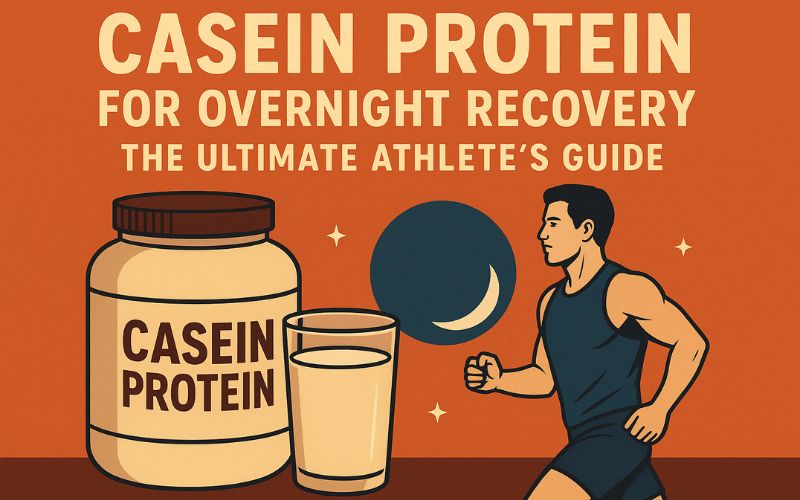Delayed Onset Muscle Soreness (DOMS) is one of the most common challenges faced by athletes, bodybuilders, and fitness enthusiasts. It affects training consistency, performance quality, and overall recovery. In recent years, amino acids, specifically EAAs, BCAAs, and glutamine have gained attention as effective nutritional strategies to reduce DOMS and support faster muscle repair. This article provides an in-depth, scientifically supported explanation of how amino acids reduce DOMS, the best types to use, optimal dosages, and evidence-driven recommendations backed by peer-reviewed research.
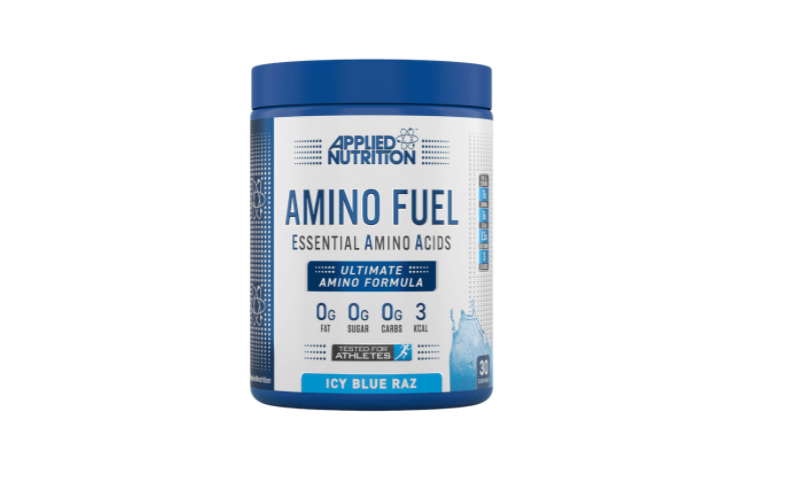
Table of Contents
What Is DOMS and Why Does It Happen?
DOMS refers to the muscle pain, stiffness, and functional impairments that occur 12–72 hours after intense or unfamiliar exercise (Cheung et al., 2003). Contrary to outdated beliefs, DOMS is not caused by lactic acid but by a complex interaction of physiological events, including:
- Microtears in muscle fibers
- Inflammatory cytokine release
- Reactive oxygen species (ROS) accumulation
- Disruption of sarcomere alignment
- Increased membrane permeability
Eccentric exercise produces greater muscle damage, causing higher creatine kinase (CK) release and greater soreness (Proske & Morgan, 2001). DOMS leads to reduced muscle strength, impaired mobility, and compromised neuromuscular function during recovery.
How Amino Acids Help Reduce DOMS
Amino acids play an important role in reducing DOMS by supporting faster and more efficient muscle recovery. They stimulate muscle protein synthesis through the mTOR pathway, helping repair damaged muscle fibers. They also reduce muscle protein breakdown by maintaining nitrogen balance and lowering cortisol levels after exercise. Amino acids like leucine and glutamine help control inflammation by regulating cytokines such as IL-6 and TNF-α. Glutamine also supports immune function, which can temporarily weaken after intense training. Additionally, essential amino acids enhance mitochondrial repair and energy production, reducing fatigue. Together, these actions significantly lessen DOMS intensity and duration.
Essential Amino Acids (EAAs) for Muscle Recovery
EAAs include nine amino acids the body cannot synthesize. They provide the full spectrum required for complete muscle tissue repair.
How EAAs Reduce DOMS
Research shows EAAs:
- Increase post-exercise protein synthesis
- Reduce CK levels and muscle damage markers
- Improve performance recovery
- Reduce soreness scores compared to placebo
Key EAAs Relevant to DOMS
- Leucine: mTOR activation; enhances MPS
- Lysine: tissue repair and collagen formation
- Methionine: antioxidant support via glutathione production
- Phenylalanine: neurotransmitter recovery and pain modulation
- Threonine: immune and tissue repair functions
Optimal Dose: 10–15g EAAs post-workout
Branched-Chain Amino Acids (BCAAs) and DOMS Relief
BCAAs leucine, isoleucine, and valine—are rapidly absorbed and heavily used during exercise.
Evidence for BCAAs in DOMS Reduction
Multiple studies demonstrate that BCAA supplementation:
- Reduces DOMS severity
- Lowers CK concentrations
- Improves recovery of muscle strength
A meta-analysis by Jackman et al. (2017) concluded that BCAAs taken before or after training significantly reduce muscle soreness in resistance-trained individuals.
Why BCAAs Work
- Leucine stimulates MPS
- Isoleucine enhances glucose uptake
- Valine reduces central fatigue via serotonin modulation
However, BCAAs alone are less effective than EAAs, since full protein synthesis requires all essential amino acids.
Optimal Dose: 5–8g BCAAs pre-, intra-, or post-workout
Glutamine and Its Role in Reducing Muscle Soreness
Glutamine is not an essential amino acid, but it becomes “conditionally essential” during high-intensity training.
Its Key Functions
- Supports immune recovery
- Reduces muscle inflammation
- Enhances glycogen resynthesis
- Helps maintain cellular hydration
- Protects muscle tissue from oxidative damage
Optimal Dose: 5–10g daily, especially during high training volume.
How Much Amino Acids to Take for DOMS Prevention
| Amino Acid Type | Timing | Dose |
| EAAs | Post-workout | 10–15g |
| BCAAs | Pre/Intra/Post | 5–8g |
| Glutamine | Daily | 5–10g |
| Combined Stack | Pre- and Post-workout | EAAs + Glutamine |
Proper hydration enhances the delivery and absorption of amino acids.
Best Time to Take Amino Acids for Muscle Recovery
Timing influences both absorption and efficacy:
Pre-Workout:
Reduces muscle breakdown and improves training capacity.
Intra-Workout:
Maintains amino acid availability, reduces fatigue, and prevents excessive catabolism.
Post-Workout:
Most effective window for MPS stimulation and reducing DOMS.
Food Sources of Amino Acids to Support Recovery
Whole foods provide complete amino acid profiles and additional nutrients that support anti-inflammatory and recovery processes.
| Rich EAA Sources | High Glutamine Foods |
| Eggs | Chicken breast |
| Chicken | Beef |
| Beef | Milk |
| Fish (tuna, salmon, sardines) | Tofu |
| Dairy (Greek yogurt, cottage cheese) | Spinach |
| Soy, quinoa, lentils | Cabbage |
Amino Acid Supplements vs. Whole Food Sources
Amino acid supplements provide fast-absorbing, targeted doses of essential or branched-chain amino acids, making them ideal for quick recovery, muscle repair, and reducing DOMS. They’re convenient, require no digestion, and are useful around workouts. Whole food sources such as meat, eggs, fish, dairy, legumes, and nuts offer complete amino acids along with additional nutrients like vitamins, minerals, and healthy fats that support overall health. For DOMS reduction, a combination of supplements + whole foods provides the greatest benefits like Core Champs Nitrix Xtreme 120 Capsules, which combine nitric oxide support with amino acid benefits.
Other Tips to Reduce DOMS Naturally
A multi-faceted approach provides better results:
Hydration:
Prevents cramping and improves nutrient transport.
Active Recovery:
Light walking, stretching, or cycling enhances circulation and reduces swelling.
Heat Therapy:
Increases blood flow and reduces muscle stiffness.
Cold Therapy:
Reduces inflammation post-exercise.
Omega-3 Fatty Acids:
Anti-inflammatory effects reduce soreness (Tsuchiya et al., 2021).
Adequate Sleep:
7–9 hours enhances growth hormone and tissue repair.
Who Should Use Amino Acids for DOMS?
Amino acid supplementation is especially beneficial for strength athletes, bodybuilders, CrossFit and HIIT athletes, endurance runners, beginners experiencing high DOMS, individuals in a calorie deficit, and athletes training multiple times a day. These groups experience greater muscle stress and recovery demands, so amino acids help reduce muscle damage, support faster repair, and improve overall recovery efficiency.
Possible Side Effects and Safety Considerations
Amino acids are generally safe when taken as recommended.
However:
- Excess BCAAs may cause digestive discomfort
- Overuse may affect amino acid balance
- Individuals with kidney concerns should consult a physician
- Choose third-party tested supplements to avoid adulteration
Long-term use is considered safe for healthy individuals (Wolfe, 2017).
Final Verdict: Are Amino Acids Effective for DOMS?
Yes, research strongly supports amino acids as an effective strategy to reduce DOMS. EAAs, BCAAs, and glutamine enhance protein synthesis, reduce muscle damage, lower inflammation, improve recovery time, and support immune function. When combined with proper nutrition, hydration, and smart training methods, amino acids work synergistically to significantly reduce the intensity and duration of DOMS, helping athletes recover faster and perform better.
